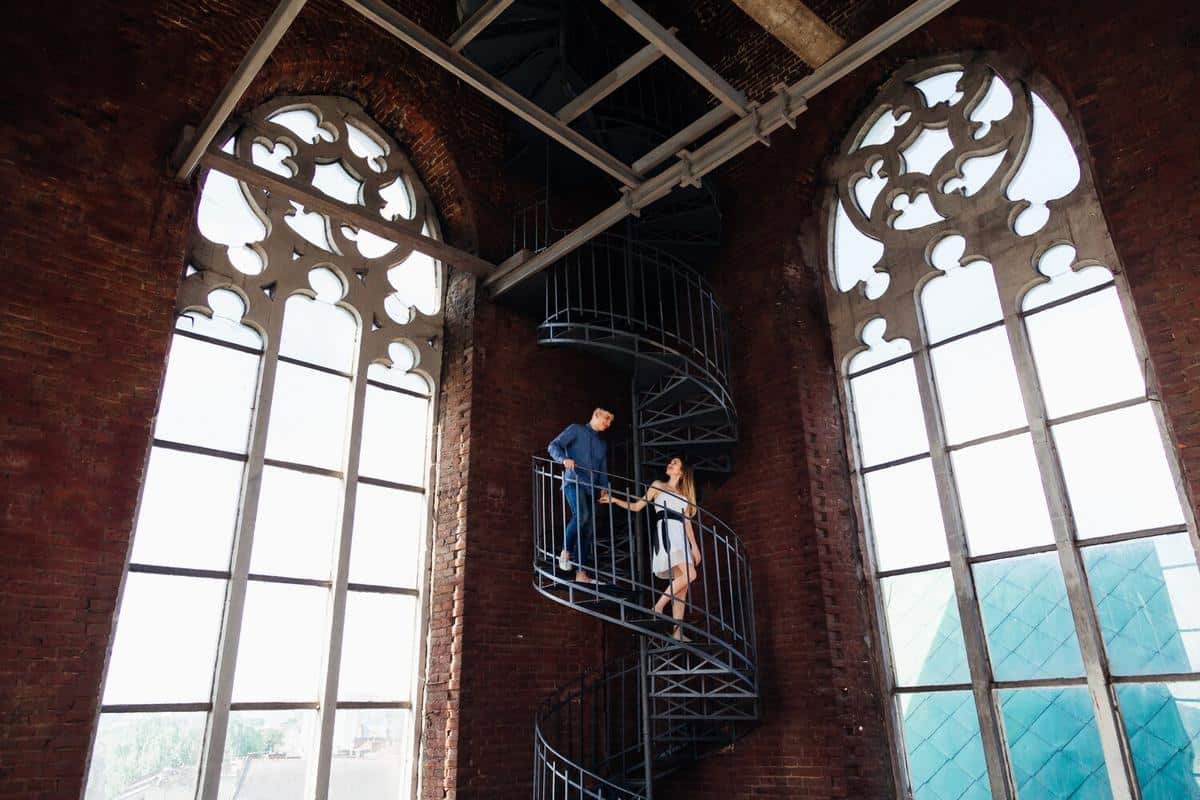
Retrofitting Cities: Making Old Buildings Sustainable
Retrofitting cities is a vital step towards sustainable urban development, addressing the challenge of transforming old buildings into energy-efficient structures without losing their historical value.
As cities grow and change, preserving their architectural heritage while embracing sustainability is crucial. Retrofitting old buildings not only contributes to environmental goals but also enhances the quality of urban life. This process involves updating existing structures to improve energy efficiency, reduce environmental impact, and meet modern standards without compromising their original charm.
The Importance of Retrofitting
Retrofitting old buildings is essential for several reasons. According to the International Energy Agency, buildings account for nearly 40% of global energy consumption. By making these structures more energy-efficient, cities can significantly reduce their carbon footprint. Additionally, retrofitting can extend the lifespan of buildings, preserving cultural heritage and providing economic benefits through reduced energy bills and increased property values.
Expert Insights
“Retrofitting is not just about energy savings; it’s about creating healthier, more comfortable environments for people,” says architect and sustainable design advocate, Maria Thompson.
Steps to Retrofitting Old Buildings
Retrofitting requires careful planning and execution. Here are some steps involved:
- Assessment: Evaluate the building’s current energy performance and identify areas for improvement.
- Design: Develop a retrofit plan that incorporates energy-saving technologies and respects the building’s architectural integrity.
- Implementation: Execute the retrofit plan, including upgrading insulation, windows, heating, and cooling systems.
- Monitoring: After completion, monitor energy usage to ensure the retrofit achieves desired outcomes.
Case Study: A Historic Library
Consider the example of a historic library in a bustling city. Built in the early 1900s, it required modernization to meet energy standards. By installing energy-efficient lighting, enhancing insulation, and incorporating solar panels discreetly, the library maintained its historical aesthetics while reducing energy consumption by 30%.
Practical Tips for Retrofitting
For those looking to retrofit buildings, here are some actionable tips:
- Engage professionals with experience in sustainable retrofitting.
- Apply for green building certifications to enhance credibility and value.
- Incorporate renewable energy sources where feasible, such as solar or wind power.
- Utilize smart technologies for energy management and monitoring.
Engage with local preservation societies to ensure retrofitting plans align with historical guidelines, which can also open avenues for funding and support.
Comparison Table: Retrofitting Benefits
| Aspect | Before Retrofit | After Retrofit |
|---|---|---|
| Energy Consumption | High | Reduced by up to 50% |
| Comfort Level | Inconsistent | Improved |
| Carbon Footprint | High | Lowered |
| Property Value | Moderate | Increased |
| Maintenance Costs | High | Reduced |
| Historical Value | Preserved | Enhanced |
| Utility Bills | High | Decreased |
| Building Lifespan | Limited | Extended |
Frequently Asked Questions
What is retrofitting?
Retrofitting involves updating older buildings with new technologies to improve energy efficiency and functionality while preserving their historical aspects.
Why is retrofitting important?
It reduces energy consumption, lowers carbon emissions, and can increase the lifespan and value of buildings.
Can any building be retrofitted?
Most buildings can be retrofitted, but the approach and feasibility depend on the building’s condition, age, and historical significance.
Conclusion
Retrofitting old buildings is a pathway to sustainable urban development, balancing the need for modernization with the preservation of cultural heritage. By taking strategic steps and leveraging expert advice, cities can transform their landscapes into energy-efficient, vibrant environments that honor the past while embracing the future. Explore more about urban sustainability and retrofitting practices to contribute to a greener world.


